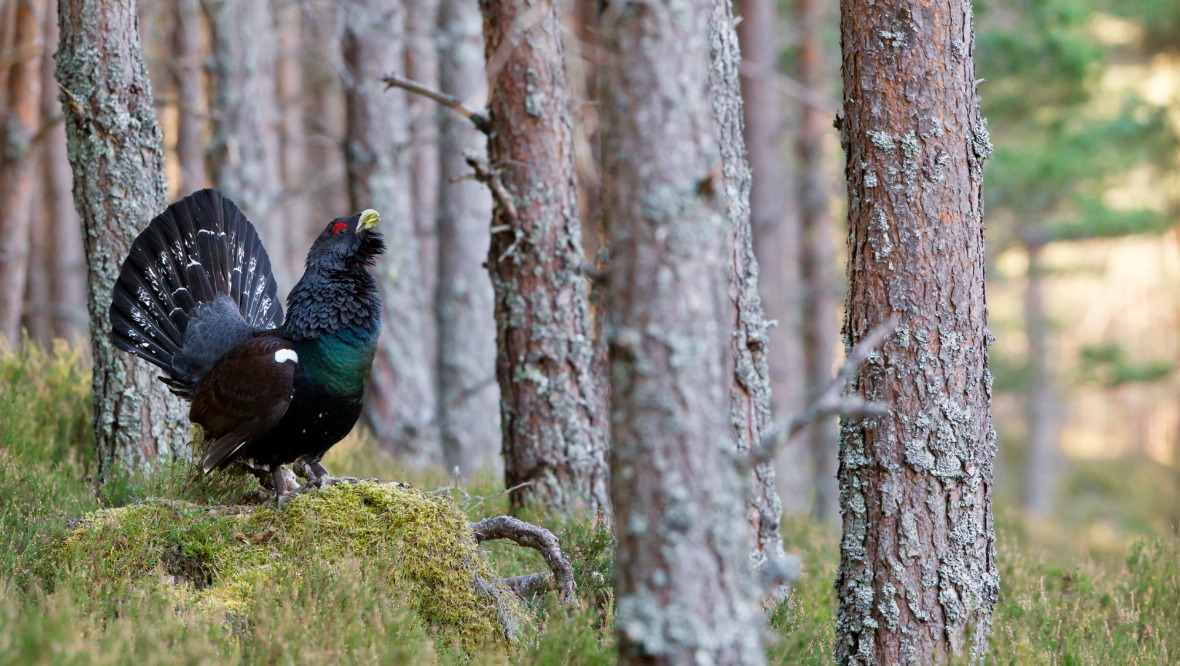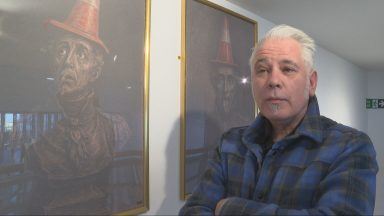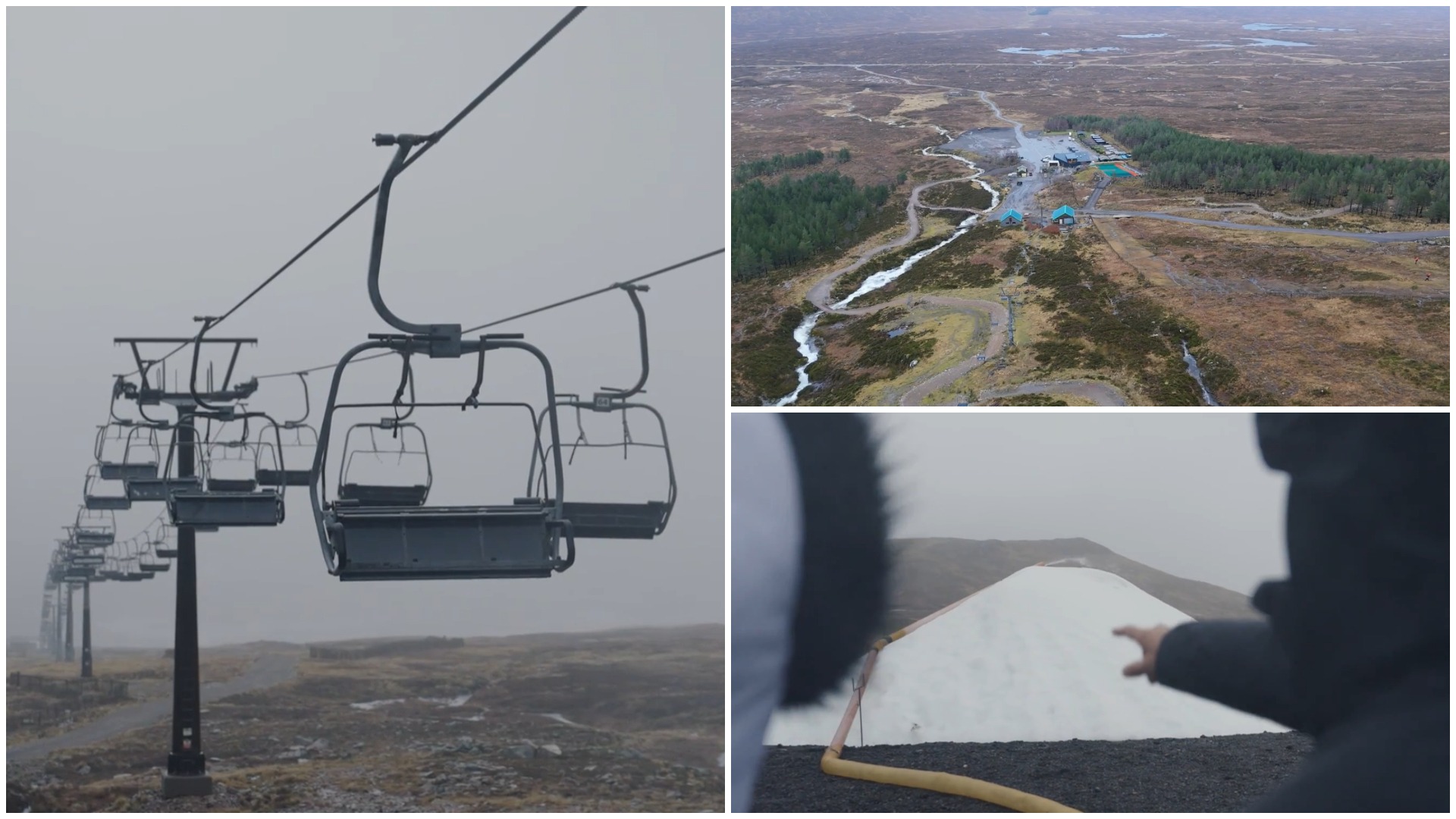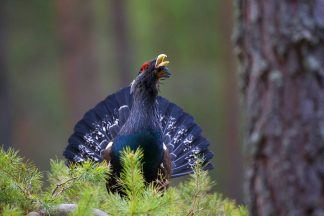Capercaillies could disappear in Scotland within 30 years, a report has said.
A report by a sub-group of the NatureScot scientific advisory committee has estimated that the species could vanish in Scotland within two to three decades, outlining that the bird’s breeding rate is too low.
Numbers of the large grouse have declined rapidly since the 1970s and it is estimated that there are fewer than 1100 capercaillie left, with the majority found in the Cairngorms National Park in the Highlands.
Other factors behind the rapid decline include pine martens, foxes, and crows eating eggs, visitor disturbance in breeding grounds, and fatal collisions with deer fences.
A number of actions have been suggested to stop the decline, including trapping pine martens and releasing them elsewhere.
The report also states that foxes and crows could be controlled and diverted to alternative food sources, and deer fences could be removed.
Creating larger areas for capercaillies that are free of visitor disturbance has also been suggested.
Biodiversity minister Lorna Slater said: “Capercaillie are magnificent birds and an iconic species for Scotland, so I am deeply concerned that their population continues to decline.
“This underlines the need to redouble our efforts to work in partnership and at the landscape scale to reverse these declines.
“We will carefully consider the advice in this report and work with partners to build on the positive conservation work already happening on the ground, such as through the Cairngorms Capercaillie Project.”
Eileen Stuart, NatureScot deputy director of nature and climate change, said: “It’s clear that the future of capercaillie in Scotland is extremely vulnerable. This excellent report sets out the scientific evidence on capercaillie conservation and management, and the steps that are now needed to help save this key species.
“We recognise the urgency of the situation and this report will be crucial as we look at options to accelerate action on the ground. Important work is already underway, and so there is much to build on.
“Drawing on the innovative work of the pioneering Cairngorms Capercaillie Project, funded by the National Lottery Heritage Fund, it is essential that our next steps are developed in close consultation with local communities, landowners and partners and in line with the Scottish Outdoor Access Code.
“We’ll be working closely with all interested parties in the months ahead as we look to secure a future in Scotland for this iconic bird.”
Follow STV News on WhatsApp
Scan the QR code on your mobile device for all the latest news from around the country


 iStock
iStock























